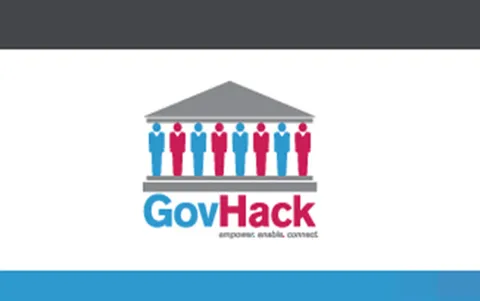As it says in the GovHack Handbook:
"This a video pitch of your entry that tells a story of how you have reused data. The video should demonstrate your hack concept, the benefits or value the concept could achieve and where possible introduce your team. The most common method is to use a screencast, with a voice-over narration". (Emphasis added)To that I would add:
- Get it in before the deadline (4pm AEST): It doesn't matter how good your video is, if it is not in on time it will not be considered. Making a video is a very time consuming process. Produce a rough cut well before the deadline and then polish, as it is going to take longer than you thought. Upload well before the deadline, as the handbook says: "must submit actual Video URL not link to another website". The preferred location to link to is YouTube.
- Explain what the problem is: The story you tell should say what the problem you are tying to solve is, as that may not be obvious to the viewer.
- Make the vision clear: Don't have tiny text, or too much detail, as that will be hard to see. My tip is to view the video on a smart phone held at arm's length and see if it is watchable.
- Make the sound clear: Find a quiet spot to record audio. A headset microphone works well, as it gets the microphone close to your mouth.
- Don't worry about live video: This is about the application, so live video of people is not essential. You can use screen capture software for a "live" demo and also still screen-shots, along with still images of the people and the problem.
- Say who you are at the beginning and end: Introduce your project at the start and remind the viewer again at the end.



 The
The